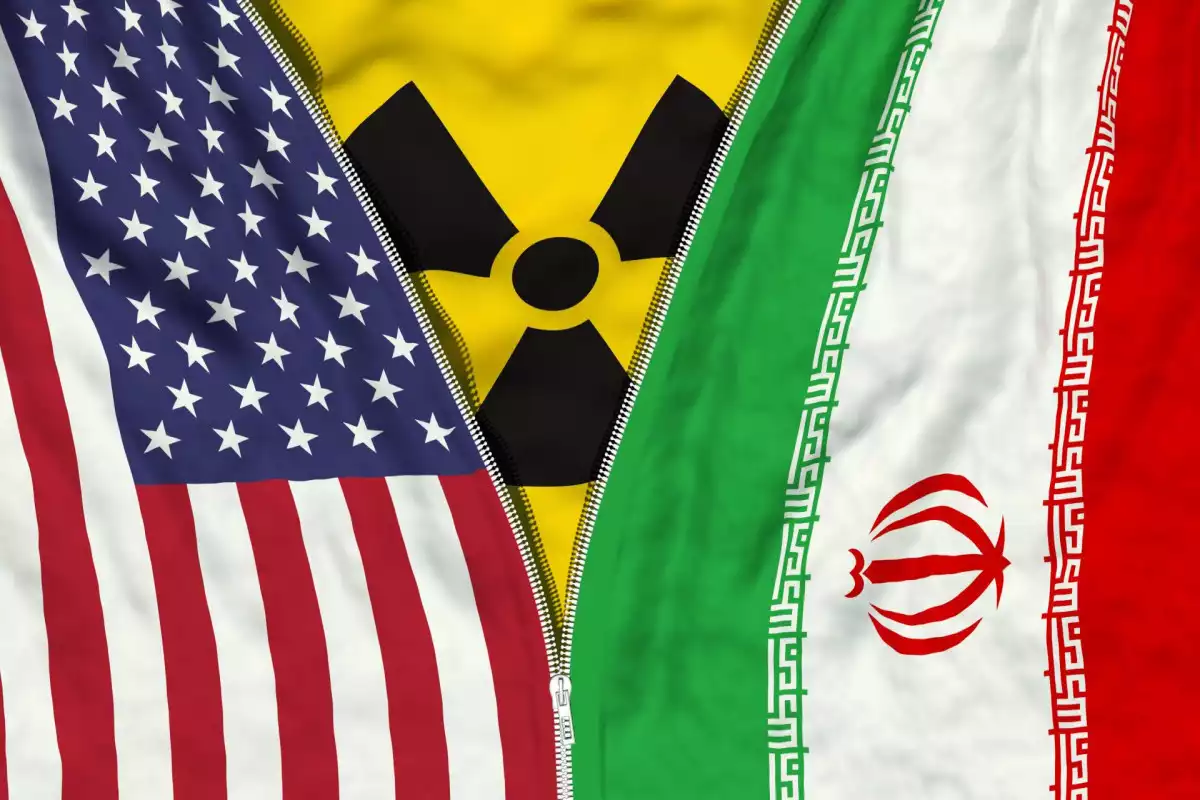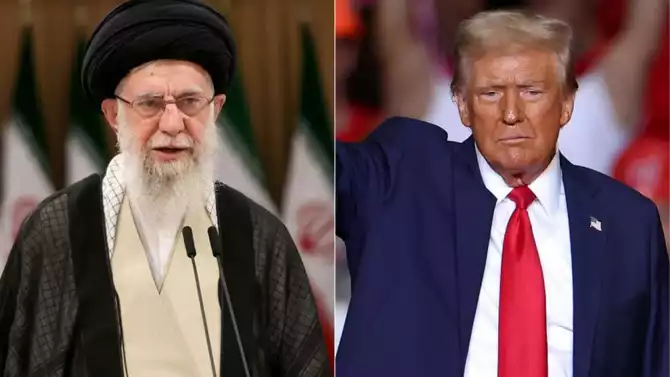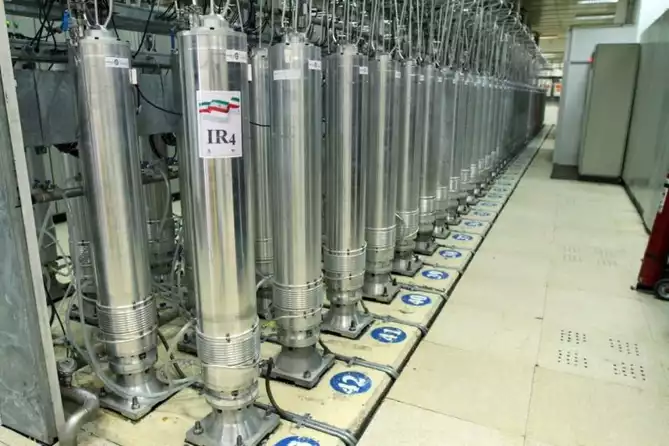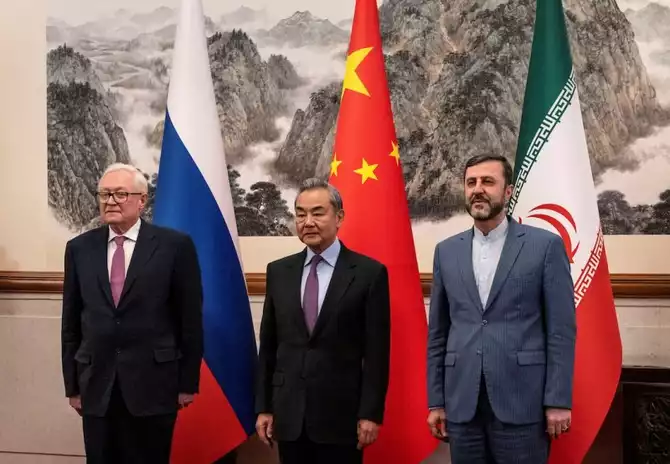
Getty images
As diplomatic channels in the Middle East remain fragile and volatile, the upcoming indirect talks between the United States and Iran in Oman on April 12 may represent a critical juncture in the region’s complex geopolitical landscape. Set to take place amid rising tensions, these discussions come against the backdrop of escalating US threats of military action and Iran’s accelerating nuclear enrichment.
Since returning to the White House in 2025, President Donald Trump has revived his “maximum pressure” campaign against Iran, warning of severe military consequences unless Tehran agrees to renegotiate a nuclear deal with Washington.
On March 7, President Trump revealed that he had sent a message to Iran’s Supreme Leader, Ayatollah Ali Khamenei, offering direct negotiations over Iran’s nuclear program. Although Tehran swiftly rejected the proposal for direct talks, it signaled openness to indirect engagement through third-party mediators. This led to the selection of Oman-long regarded as a neutral party in US-Iran diplomacy-as the potential facilitator.
On March 24, Iranian Foreign Minister Abbas Araghchi announced Tehran’s readiness for indirect negotiations with Washington. “The way is open for indirect negotiations,” he said. The top Iranian diplomat emphasized that Tehran would not engage in direct talks under threat, nor while Trump’s “maximum pressure” policy of economic sanctions remains in place.
Tensions escalated further on March 30, when Trump threatened to impose new tariffs and take unprecedented military action should Iran refuse to negotiate a new nuclear agreement.

Oman: A neutral ground for dialogue
Oman has long served as a diplomatic intermediary in the Middle East, leveraging its neutral status and strong ties with both Tehran and Washington. Its role in facilitating US-Iran talks has proven pivotal in the past-most notably in 2013, when secret meetings in Oman paved the way for the breakthrough that led to the Joint Comprehensive Plan of Action (JCPOA). Now, Oman is once again stepping in to host indirect negotiations, offering a rare and relatively secure platform for dialogue amid heightened regional anxiety.
The upcoming meeting will likely remain strictly indirect, with both sides communicating through intermediaries-limiting the potential for direct concessions but still allowing for the exchange of messages. Despite the format’s limitations, it could help reestablish a line of communication and set the stage for more substantive engagement, as both sides appear to recognize the risk of uncontrolled escalation.

What to expect from the Oman talks?
Expectations for a breakthrough are low, but even a modest outcome could lay the foundation for broader diplomatic engagement. A preliminary success might involve de-escalation steps, with both parties acknowledging the urgent need to avert military conflict. A temporary freeze on Iran’s nuclear enrichment in exchange for a reduction in US threats could serve as a trust-building measure.
There is also speculation that the talks could lead to a limited, interim agreement-what some have called a “JCPOA 2.0.” Such an arrangement could involve Iran agreeing to curtail uranium enrichment in return for partial sanctions relief, though it would likely fall short of the comprehensive terms of the original JCPOA.
Still, the most meaningful result would be a renewed commitment to dialogue. The alternative-a continued spiral of threats and nuclear escalation-would only deepen instability across the region and make future diplomacy even more elusive.
China-Russia-Iran nuclear talks in parallel
Ahead of the Oman talks, the deputy foreign ministers of Russia, China, and Iran convened in Moscow to discuss the future of Iran’s nuclear program. The discussions reportedly focused on potential scenarios following the expiration of the JCPOA and the implementation of UN Resolution 2231, which endorsed the original agreement.
Kremlin spokesman Dmitry Peskov reaffirmed Russia’s support for the upcoming US-Iran talks in Oman, saying: “Russia absolutely supports the initiative. This can only be welcomed, as it could lead to a de-escalation of tensions around Iran.”
China, meanwhile, issued pointed criticism of the United States. “As the country that unilaterally withdrew from the comprehensive agreement on the Iran nuclear issue and caused the current situation, the United States should demonstrate political sincerity and mutual respect,” stated Chinese Foreign Ministry spokesman Lin Jian.

Conclusion: A pivotal moment-But not a silver bullet
The indirect talks in Oman are unlikely to yield immediate breakthroughs in resolving the long-standing US-Iran standoff. Yet they represent a crucial opportunity to shift the trajectory away from confrontation and toward diplomacy-however gradual and uncertain that process may be.
Ultimately, the Oman talks may not provide a definitive solution, but they could mark the first step in breaking the cycle of hostility that has defined US-Iran relations since the 1979 Revolution. Whether lasting peace is achievable remains to be seen-but without such efforts, the specter of conflict will continue to loom over the region.
Share on social media